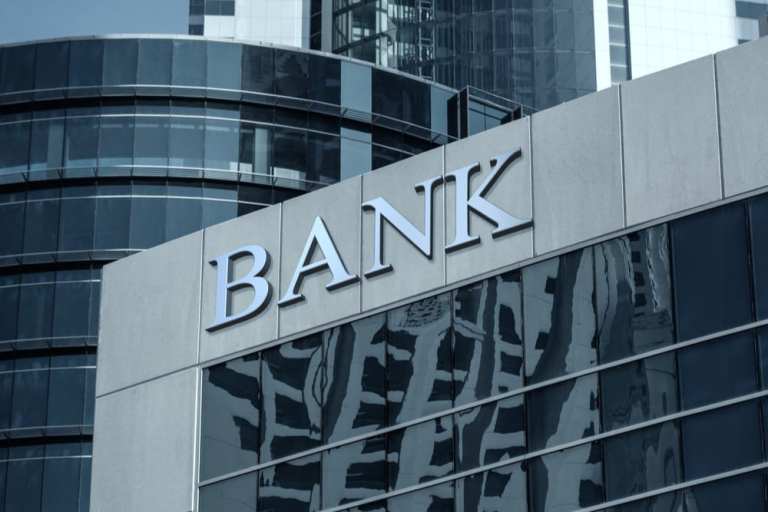Investor Concerns Over Credit Losses Pull US Bank Stocks Down

The U.S. banking industry is the runt of the litter of the current stock market rally as interest rates sink and loans crumble, according to Financial Times.
The 45 percent drop in the KBW Bank Index has eliminated a combined $795 billion from its 24 constituents, which include JPMorgan Chase, Bank of America, Citigroup and Wells Fargo.
The problems reflect the economic strife caused by the coronavirus pandemic, which bank analyst Yousef Abbasi, global market strategist at New York-based brokerage INTL FCStone, said was expected.
“We are gearing up for a longer battle — banks are going to have to cut their dividends because they are going to have to cut losses on more loans and continue forbearance,” Abbasi said, according to FT.
The banks are feeling the strain of the effort to fight the virus, as the U.S. Federal Reserve slashed interest rates close to zero as an attempt to stimulate the economy. Now, U.S. banks’ price-to-book ratio is at its lowest point since 2011, and the financials sector has become the worst performer in the overall market.
The big banks have all taken hits in valuation this year, with Wells Fargo the worst performing among them with a 50 percent reduction thus far. Because of its smaller trading, investment banking and international operations as compared to its peers, Wells has suffered in the current environment.
The higher market volatility that began in February has begun to ease, according to analysts, which could mean a sinking of revenues from trading operations. Max Gokhman, head of asset allocation for Pacific Life Fund Advisors, said he didn’t see a pathway for financial institutions to do well in a zero-interest environment, and that the lack of demand for banks would end up being a painful blow in the end.
The fall in asset prices and the sinking consumer spending are also expected to have a dampening effect on banks’ fund management divisions and demand for credit, respectively.

